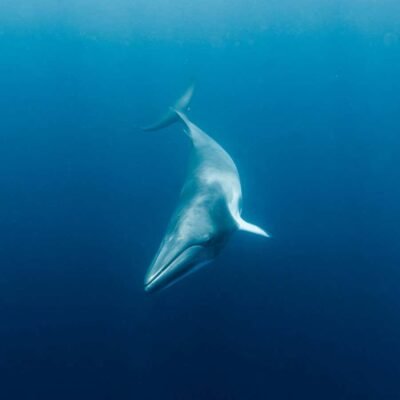
The Japanese construction firm Kajima Corp. has ridden a boom in building semiconductor plants to a surge in its revenue and stock price. Now, the Tokyo company will have to navigate bitter conditions on the northern island of Hokkaido to keep up that success.
Kajima helped Japan get off to a quick start in developing its chip industry after governments around the world recognized the need for reliable silicon supplies amid rising geopolitical tensions. The company led the speedy construction of a new fabrication facility for Taiwan Semiconductor Manufacturing Co. on the southern island of Kyushu, bringing the project to fruition before the US government could dole out its first subsidy check to TSMC and other chipmakers for American fabs.
That building blitz turbocharged Kajima’s growth, with its stock price surging 86% in the past year. Yet the company’s next project presents an enormous challenge: It’s responsible for erecting an even more advanced chip fab, for the government-backed Rapidus Corp., on terrain where snow, frozen ground and isolation from major population centers create significant complications. Koichi Takano, Kajima’s general manager for the project, vows to finish this chip fab on time too.
“Less experienced teams just simply can’t handle the job,” he said over Zoom from the construction site. “We, on the other hand, have seen, touched and made the latest generation of clean rooms for chip customers.”
This isn’t hyperbole. Kajima over the last decade has led development of at least 10 chip plants, where semiconductors are crafted in so-called clean rooms filtered of airborne impurities. The low-profile, 184-year-old company has quietly become Japan’s secret weapon for building its semiconductor industry.
Rapidus will present new difficulties, however. The government-backed chip startup aims to launch pilot lines next year ahead of the targeted mass production of 2-nanometer semiconductors in 2027. Kajima, which began working on the factory in September, must complete about half the facility by the end of this year so suppliers of chipmaking equipment like ASML Holding NV can begin installations from December.
At the same time, construction is growing more costly in Hokkaido. Competition for workers has intensified because of chronic labor shortages and rigid workplace regulations. Ski resorts on the island, including the famous Niseko, are attempting their own building surge. Prices for materials and heavy equipment have been inflated because of the weak yen and Russia’s war against Ukraine.
The squeeze has set back other developments. Yodobashi Holdings Inc. gave up on building a luxury hotel in the metropolis of Sapporo, while Hokkaido Railway Co. pushed back its redevelopment plans. In Niseko, real estate developers have pulled the plug on new projects due to surging costs.
Rapidus hasn’t slowed down at all. While construction projects in the snowy region usually halt for winter, Kajima didn’t pause a single day. Instead, it covered wide swathes of the 5.29 hectare site with tents to protect the soil from snow, and then used heaters and fans to keep the entire area warm so construction could proceed. Cold temperatures create innumerable complications, including the risk of damaging concrete as it dries.
Kajima keeps employees on location around the clock, though it costs at least 25% more to have people work nights and weekends. The company even made special arrangements to hire local firms to remove snow from roads around the construction area before workers begin to arrive at 6 a.m.
Denzai K.K., a company that provides cranes for the construction site, said Kajima made clear from the start that the schedule took priority over cost.
“They said the work should not stop, no matter what,” Denzai Chief Executive Officer Kohki Uemura told Bloomberg News, estimating Kajima is paying 10% to 15% more for newer, top-of-the-line cranes to minimize complications.
Kajima’s Takano acknowledges there are risks to meeting its December deadline, including worker shortages or an unexpected surge in costs, but he has sketched out each step on the path to completion—with contingencies for virtually every scenario.
Kajima plans to hire as many as 4,500 workers and begin night shifts shortly to accelerate the process. The company is primarily recruiting people from Hokkaido and will put workers up in nearby apartments.
One lesson Kajima learned from the Kumamoto project was that workers created traffic jams when they drove their own cars to the construction site. So the team prepared shuttle buses for employees and asked them to refrain from using their own cars.
Takano, 59, conveys the confidence of someone who has worked on these kinds of complex projects for four decades, including a chip fab in Mie for Kioxia Holdings Corp. in 2022. “The progress is exactly in line with what we had planned,” he said.
Takano said his personal goal is to pass on his expertise to the next generation of Kajima workers. His team has been working together for more than two decades and they’re nearing retirement.
“This is one of my last chances to pass the baton from the old man’s generation to young people,” he said. “The Rapidus project is real tough for sure. But it’s something we have to feel fortunate to be able to experience.”




